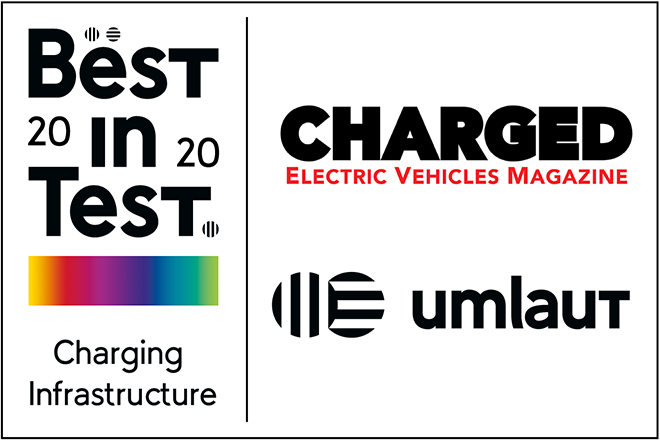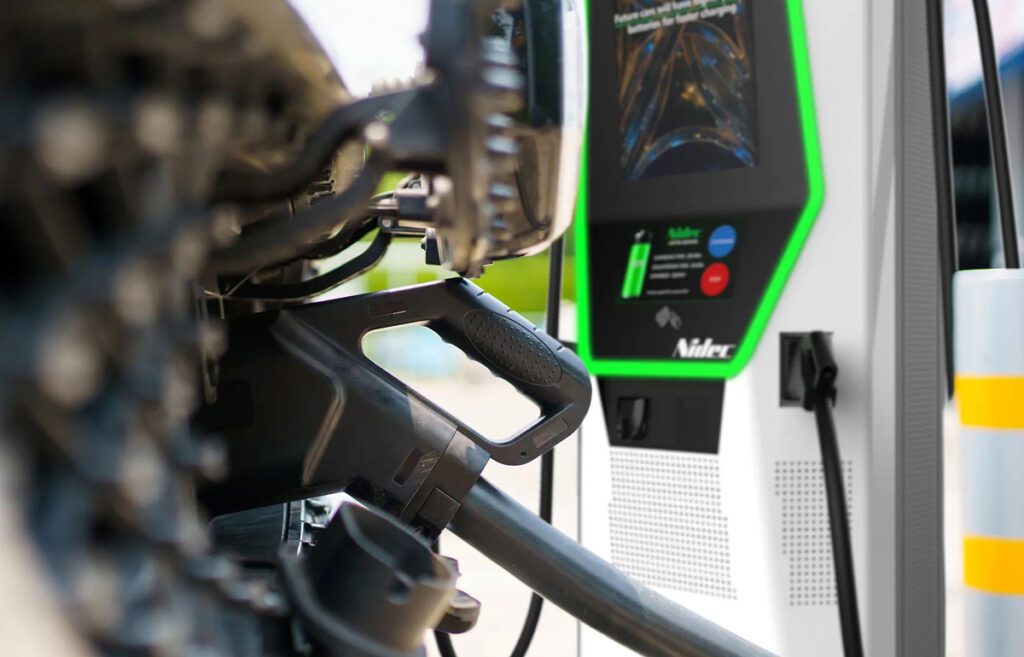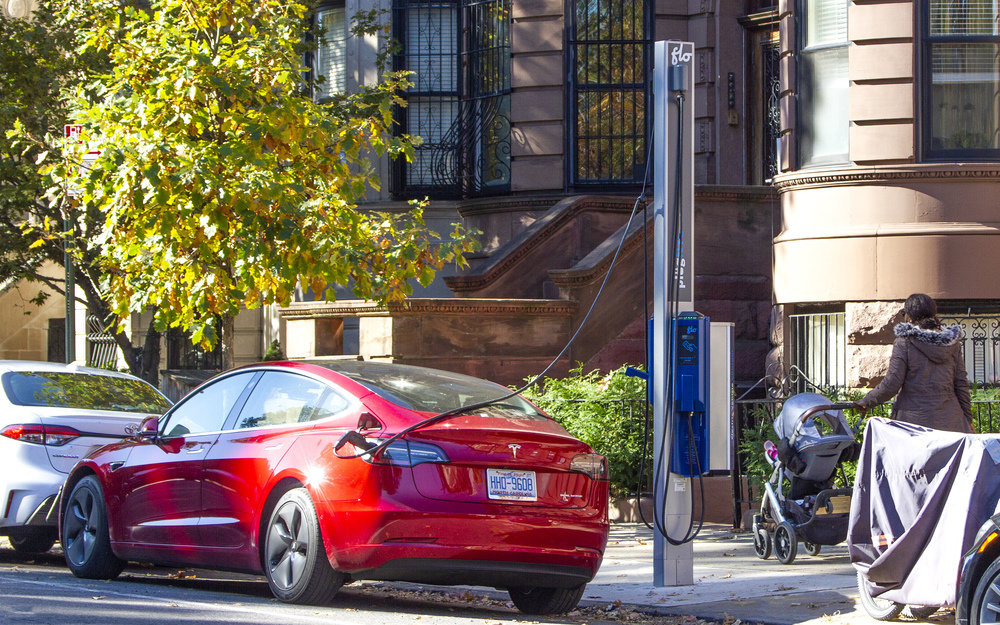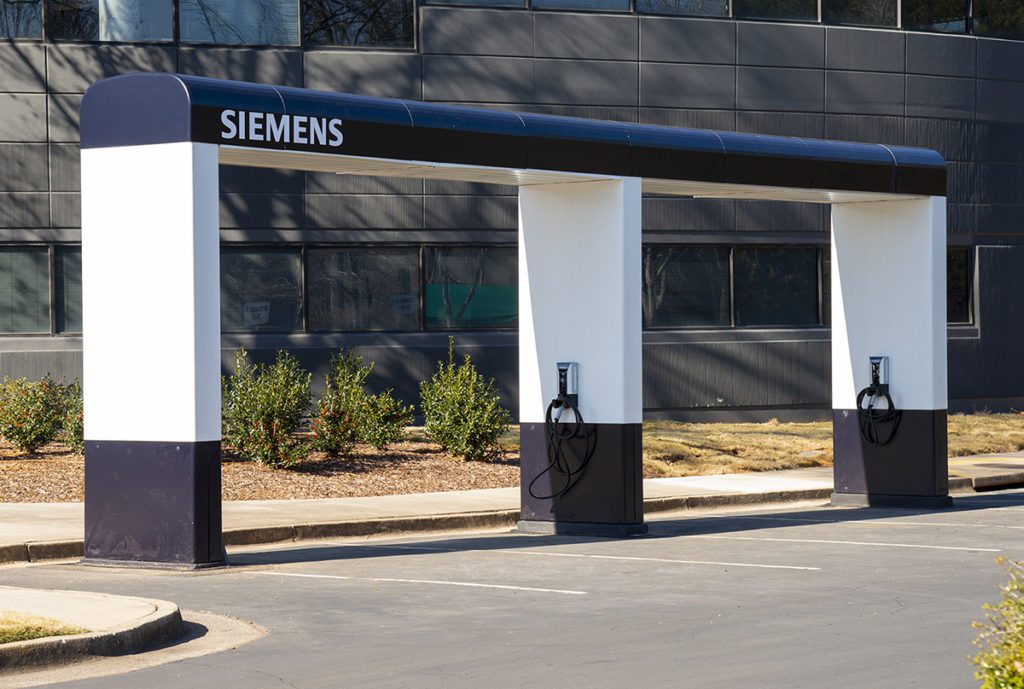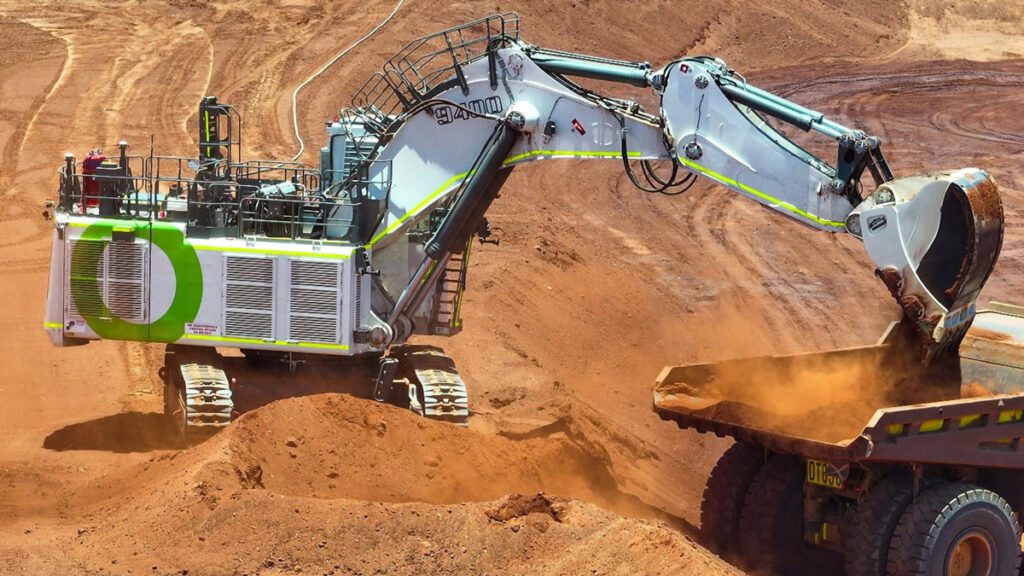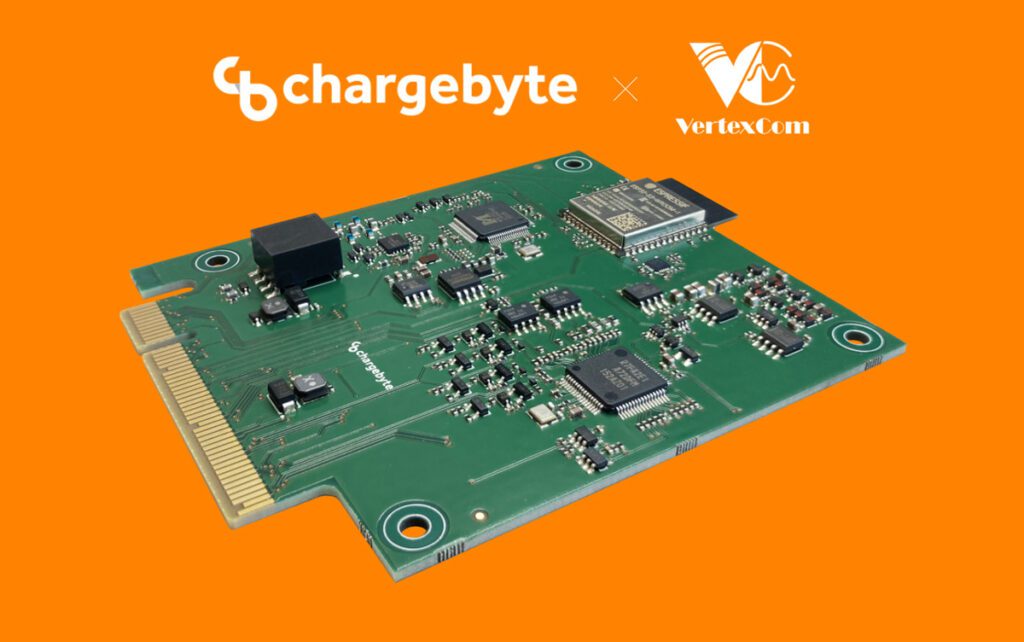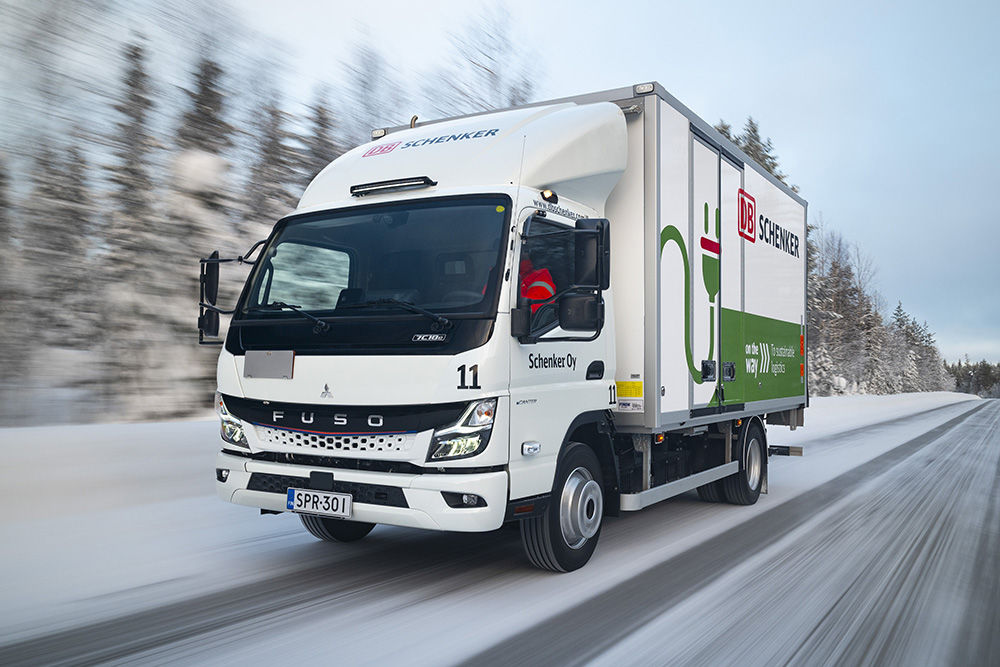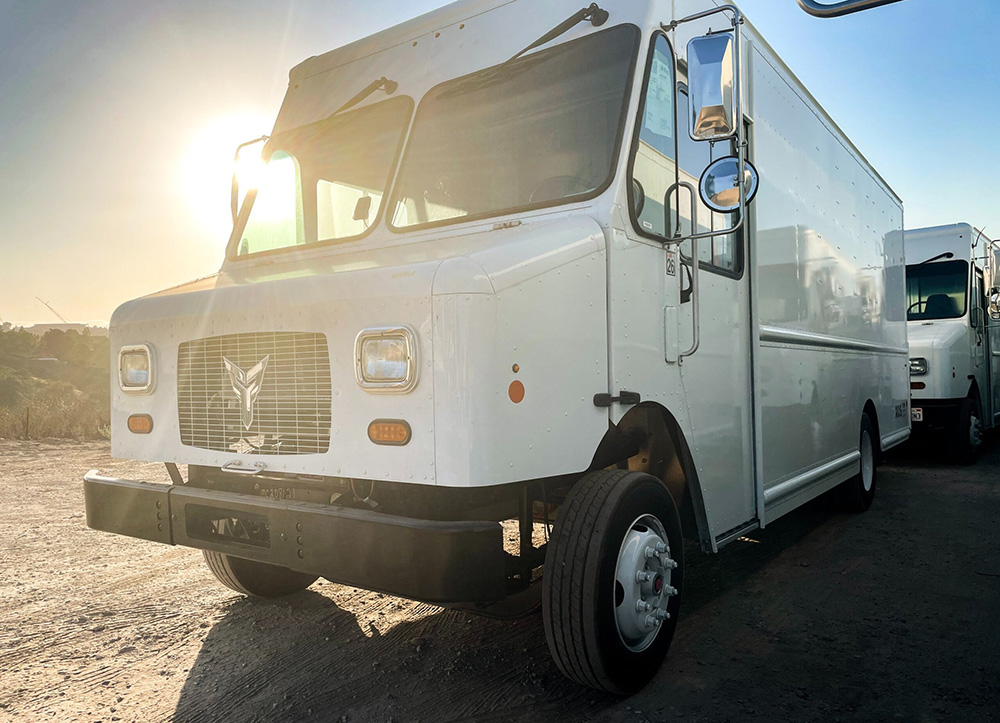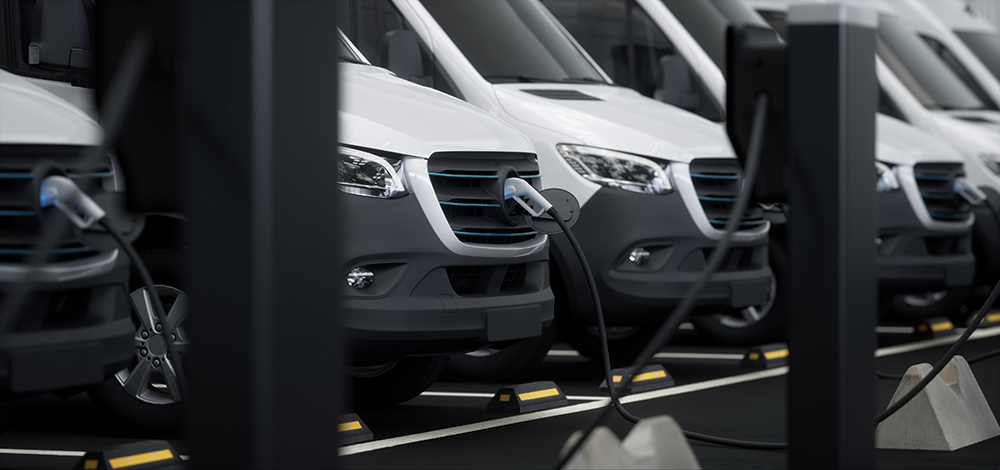If EVs are to replace fossil-fuel vehicles, they need to be able to make long highway trips, which means that DC fast charging needs to be reliable, convenient, affordable and ubiquitous.
However, as Charged and other media have often reported, we’re still in the early days of public EV charging, and the user experience often leaves much to be desired. Not every charging attempt is successful, and important details, like how to begin a charging session, how much it will cost, and if stations are available or out of order, are often not made clear to users.
How do the various public fast charging networks compare in terms of reliability, convenience, coverage and price? Charged recently partnered with the German firm umlaut to begin to determine the state of the charging network user experience. After performing a comparative study of network providers in Germany, Austria and Switzerland earlier this year, umlaut adapted its testing methodology to the US market, and together we developed the new 2020 EV Charging Infrastructure Best-in-Test award.
Our first comparative analysis of the largest fast charging networks was conducted this year, and each network was rated using several criteria. This study did not include Tesla’s proprietary Supercharger network. (A separate analysis of Tesla’s user experience will be completed in the coming months.)
umlaut’s field team looked at authentication methods, interoperability, prices, transparency, functionality and availability, among other elements. How intuitive and convenient is the charging process? How convenient is parking at the charging location? Is the available charging power suitable for the location?
Terminology
Observers of the US and European charging scenes may find the different terminology confusing at first. In Europe the term charging point is commonly used to refer to what we in the US call a charging station. In Europe, companies that manage charging sites are called charge point operators (CPOs), whereas the companies that manage payments, apps, reservations, etc, are called mobility service providers (MSPs). In the US, these functions are generally handled by a single company, for which we don’t (yet) have a generally-accepted acronym—we usually just call them charging networks.
SEE ALSO: 2021 EV Charging Infrastructure Benchmark
A test of the network’s best efforts: methodology
To be clear, this report is a study conducted on top charging sites in one of the most electrified areas in the country, and not a comprehensive overview of the US charging marketplace.
Testing took place in EV hotspot California, in early September 2020. umlaut tested three locations for each of five different charging network operators: Electrify America, EVgo, ChargePoint, EV Connect and Greenlots.
The availability of DC fast charging from multiple networks is only the case in a handful of markets in the US. So, you could consider this is a comparison of the charging industry’s best efforts: a search for the best user experience currently available.
For testing, umlaut chose two different EVs in two different classes: the Audi e-tron crossover SUV and BMW’s i3 subcompact city car. Both use the CCS Type 1 charging standard. “What we tried to do is to have two cars that are pretty different from each other,” explained Christian Sussbauer, umlaut’s EV expert, who led the study.
In order to rank the different networks, the team split its analysis into two areas: the physical interaction at the charging station location; and the digital experience on a network’s web site and smartphone app. The company developed a comprehensive set of key performance indicators in order to compare the most important aspects of charging among the different networks.
The testing team used the following categories and key performance indicators to compare the charging networks:
Web site
Especially for new EV drivers, a company’s web site might be the first point of contact. The following questions are important for users:
- Is all relevant information clearly presented?
- Is there a tutorial to demonstrate to new EV drivers how charging works?
- What types of network memberships are available?
- How transparent is the pricing?
- What are the locations of the nearest charging stations?
App operation
The focus in this category is the user interface of a network’s smartphone app. Criteria considered include:
- ease of use
- intuitive operation
- ease of account creation
- ease of locating available charging stations
App functionality
The capabilities of smartphone apps were considered as a separate category. The study took a detailed look at the functionalities of the various networks’ apps, in particular real-time data, filtering options, language, the visibility of stations belonging to other networks, and information on charging power and time.
Price transparency and payment
Whereas gas stations display their pricing on prominent signage, at EV charging stations it is often not clear what the cost of a charging session will be. The study evaluated the price structure and transparency of each network.
Charging station environment
The physical surroundings of a charging station are important. Signage, weather protection and illumination are key elements of driver convenience. This report also considered the availability of amenities (restrooms, restaurants, shops) at each station.
Charging station functionality
This analysis focused on the user interaction with the charging station itself. Is the user interface intuitive? Are instructions clear? Is charging power and other information provided before, during and after charging? How easy is it to park in such a way that the charging cable can easily reach the EV’s charging port? One very important indicator: does the charging process start on the first try?
Service and hotlines
From instructions to authentication and payment to technical problems, there are several issues that can disturb a successful charging process. umlaut’s testing team contacted the networks’ support hotlines for help with various simulated scenarios, and scored the results based on the visibility and availability of the hotline number, multi-language options, error access and any charging tips provided.
Payment
For this category, the study considered the payment possibilities available, including credit/debit card readers, authentication and payment via RFID cards, and newer options such as Apple Pay and Google Pay.
High-level findings that apply to all the networks
Charging locations:
- Overall poor reliability. Success rate of charging was far below 100%.
- Maintenance of charging stations needs improvement (out-of-service signs, cables on the ground, displays not working, etc)
- No weather protection from sun and rain/snow
- Inadequate lighting
- Charging stations sometimes hard to find, signage is poor
- Instructions in English only, no option for Spanish
- Some charging stations are very noisy
Pricing:
- More price transparency is needed
- Estimated total price to charge is missing (to 80% or to 100% charge level)
Smartphone app:
- Locations of other networks’ stations are often not shown
- No option to reserve a charging station
- Not enough information about amenities at charging location (restrooms, shops, restaurants, etc)
- Not enough information about out-of-service charging stations
Network ratings
Electrify America is the winner of the 2020 EV Charging Infrastructure Best-in-Test award, with an overall score of 691 out of a possible 1,000 points. EVgo ranked second, with 610 points, followed by ChargePoint, EV Connect and Greenlots.
Electrify America scored highest in 4 of the 8 categories (Web site, App operation, Charging station environment, Charging station functionality). Third-place ChargePoint won top marks in 3 categories (App functionality, Service and hotlines, Payment). EV Connect prevailed in the Price transparency and payment category.
Electrify America
Overall score: 691
Pros:
- Web site and app feature clean, transparent design
- Charging station operation is intuitive
- Many high-powered DC fast charging stations along highways
- Illumination makes charging stations easy to find at night
Cons:
- Relatively high prices
- Starting problems and interruptions
- Charging process takes a long time to start
- No RFID card available
- No QR code scanning for charging station identification
- Short cables make it difficult to reach EV charging ports
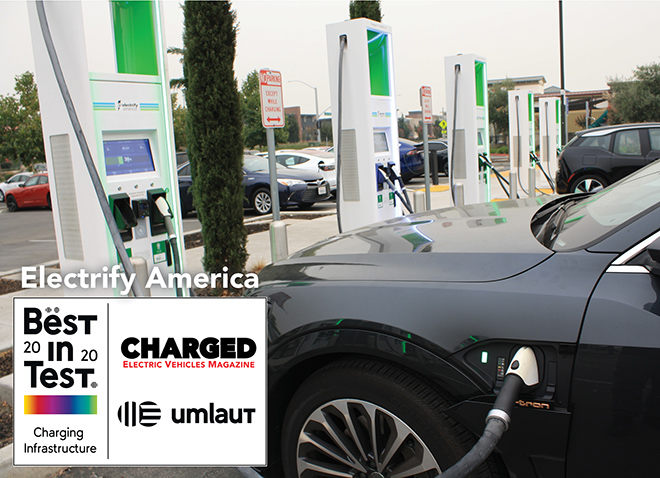

Additional insights:
Electrify America’s charging network is spread out throughout the US, and strategically connects key metro areas, making long EV road trips convenient. Its charging stations are well-illuminated, which makes spotting them easier at night, and attracts even non-EV drivers. However, this superior user experience comes at a cost—charging prices are at the higher end of the range.
EVgo
Overall score: 610 points
Pros:
- Interoperability with other networks
- Support for all US charging standards (CCS, CHAdeMO, Tesla)
- Consistent price structure
- App provides easy access to nearest charging station on home screen
Cons:
- Not many high-power stations (most are 50 kW)
- Success rate of charging at first attempt is too low
- Short cables make it difficult to reach EV charging ports
- Plugs (CCS, CHAdeMO) are often misidentified in the app
Additional insights:
EVgo’s stations support both the CCS and CHAdeMO standards, and a growing number also feature Tesla connectors. However, umlaut’s testing found that charging was often not successful on the first attempt, which is bound to lead to frustration, especially for new EV drivers.
ChargePoint
Overall score: 604
Pros:
- Interoperability with other networks
- Charging is efficient and easy
- Filter options for free charging stations
- Extensive Level 2 network, growing number of DC fast chargers
- App provides charger utilization information (including peak hours)
Cons:
- Identification of the right charging station is challenging
- Very small displays, providing little information
- Profile creation in app takes too long
- Not many high-power stations
Additional insights:
ChargePoint continues to grow its network at a significant rate, and it currently offers the largest number of charging stations of any provider in the US. However, most of these are Level 2 stations. The umlaut team found that many of ChargePoint’s DC fast charging stations were not yet up to the market standard—compared to other networks, they have smaller displays and offer less information for drivers.
EV Connect
Overall score: 566 points
Pros:
- Very efficient charging process
- Great user experience using the app and charging stations
- Good charging station locations
- Prices are indicated during charging process
Cons:
- Maintenance of charging stations needs to be improved (including out-of-service indication)
- Very little information provided on web site
- App has no full zoom-out map function
- DC charging stations are mainly in California and the Northeast
Additional insights:
Using the EV Connect network is simple and efficient, which leads to an excellent user experience with clear interaction. However, maintenance needs to be improved, as umlaut found that some stations were out of service, and were not indicated as such in the app.
Greenlots
Overall score: 512 points
Pros:
- App operation and layout is the best of the networks tested
- QR scanning to easily identify charging stations
- Comprehensive real time data during charging process (kW, kWh, SOC, time)
Cons:
- Very little information provided on web site
- Location of charging stations not always convenient
- Price transparency has room for improvement
- App has limited filter options for charging stations
- Not many high-power stations (most are 50 kW)
Additional insights:
Greenlots’ highly functional app provides an advanced digital interface with various app functionalities to keep users informed. However, the user experience could be improved in terms of convenience and price transparency.
Conclusion and outlook
Looking at the final scores, two conclusions are obvious. First, the charging market is quite competitive—in many categories, the scores of the networks tested were very close. This was especially true in the authentication and payment category—this process was easy and comfortable for all the networks tested.
The category with the biggest disparity in scores was the network web sites. “For newcomers to the EV space, they may need to be able to go to a company’s web site and educate themselves,” explained umlaut’s Sussbauer. “We asked, from a user perspective, what kind of information can I get on the web site? Two networks—Greenlots and EV Connect—have pretty much nothing on their sites, other than ‘Please download the app.’ It’s a stark contrast to the others with massive web sites containing a lot of information about both public and residential charging.”
The second main conclusion is that there is still much room for improvement—no network came close to reaching the maximum score of 1,000 points. There are several reasons for this, beginning with the environment of the charging stations, which do not offer the convenience we are used to when filling up at a gas station. A lack of lighting and shelter often leaves EV drivers out in the dark and/or rain.
Interoperability among different networks is an area where we’d like to see improvement in the near future. Being able to use a single smartphone app or RFID card to access all public charging stations (roaming) would certainly improve the user experience. Reliability of charging stations in terms of “charging on the first try” needs to be improved to put smiles on the faces of green drivers.
Future testing
Charged and umlaut plan to continue this partnership to bring you future reports on the state of the charging network user experience. Next year’s work will expand beyond California to include more regions of North America.
Updated key performance indicators will be developed, as well as an “ideal charging process” for EV drivers. In future reports, benchmarks will indicate how much the various networks deviate from that ideal process, including the Tesla Supercharger experience. Next year’s analysis will also likely include the new Plug and Charge feature, which allows charging without the need for a card or a smartphone app.
Who is umlaut?
Q&A with Hakan Ekmen, Managing Director umlaut US
Comments?
You can reach the testing team with comments, clarifications, suggestions for future work, etc. at best-in-test@ChargedEVs.com.



